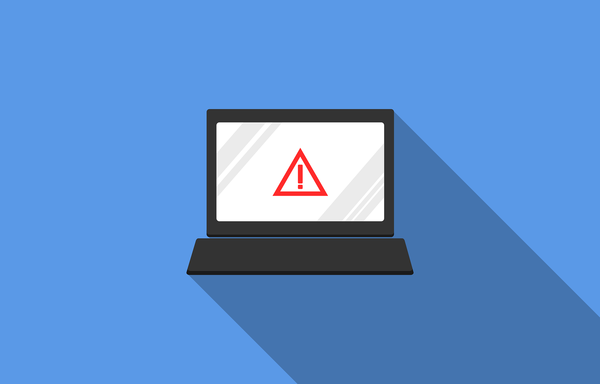Data breaches are never convenient. They rarely, if ever, occur during good business years or to businesses with proper cybersecurity protocols. On the contrary, they usually come hot on the heels of other problems.
Just look at what’s currently happening with video game development studio CD Projekt Red (CDPR). Since we could probably write an entire blog post specifically about the debacle, we’ll settle for a brief summary. Hot on the heels of Cyberpunk 2077, its most disastrous release in history, the company was hit by ransomware that saw virtually all of its intellectual property stolen and sold off.
If you want to read more about that debacle, Game Informer has published a timeline of everything up to mid-January, while GameRant has written a decent summary of the ransomware attack.
It’s no exaggeration to say that CDPR’s brand is functionally ruined at this point. Their reputation was already tanking before the hack. Now, it’s more or less in the toilet.
Even a catastrophe like this isn’t unsalvageable, though. A business can, if it’s diligent enough, heal its reputation from all but the worst incidents. That’s what we’re going to talk about today.
We’ve already discussed what you should do immediately after you’ve been breached. Let’s discuss what comes after. How can you heal your reputation after a data breach shatters the trust of your customers?
Stay in Touch
Open communication is important for more than just the hours immediately following a breach. You also need to explain to customers and stakeholders what you’re doing to prevent it from happening again. We live in an era when even a 12-letter misspelled tweet can go viral.
That means that, if you handle the incident and its aftermath haphazardly, your business’s good name can be destroyed just as quickly. It isn’t enough to simply say you’re working hard to prevent another incident. You need to offer regular updates on what you’re doing, why you’re doing it, and how you’re helping the victims of the incident. You need to continue accepting responsibility for what happened. Most importantly, if you say you’re doing something, follow through.
Shore up Your Security
First and foremost, hire a security consultant. A proper consulting firm can provide you with expert advice, and offer everything from a vulnerability analysis to a full security strategy. Many firms even offer full-time cybersecurity-as-a-service, essentially providing you with an on-demand security department.
In addition to bringing in a consulting firm, we’d advise the following:
- Frequent, third-party security audits.
- Improved employee education on phishing emails and mindfulness when browsing the Internet.
- Bringing everyone, including leadership, in on new systems.
- Purchasing licenses for a password manager to allow your staff to change their access credentials at regular intervals.
- Air-gapping IoT devices.
- Investing in advanced security solutions.
Take the Chance to Fix Other Issues With Your Brand
In our earlier example, CDPR’s brand was damaged from far more than the ransomware attack. That attack was actually the least of its reputational problems. Similarly, if you find that public opinion of your business is in the toilet after an incident, take a step back and analyze what people have been saying about you.
Since you’re already working to bridge the gap created between you and your clientele from the data breach, you should also use this as an opportunity to deal with any other issues people have with your brand.
Don’t Let a Data Breach Be Your Demise
In the time immediately after a cybersecurity incident, swift, organized, and decisive action make all the difference in the world in regards to whether you sink or swim. In the long-term, you need to be more focused, strategic, and thoughtful. You need to be willing to put in the necessary effort and invest the necessary resources to deal with what happened, and also ensure it doesn’t happen again.
